Ostrava is the third largest city in the Czech Republic, the administrative centre of the Moravian-Silesian region and the important centre of culture, business and sport. |
|||||||
| Tourist Attractions: | |||||||
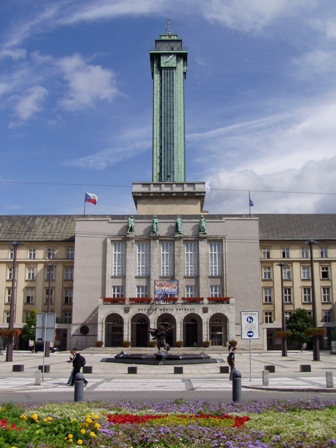 |
New city hall The highest town hall tower in the Czechia (85.6 m) from 1930. Viewing terrace at a height of 73 m. View of the whole of Ostrava, on the horizon with peaks of the Beskydy Mountains and Poland. There is a working pater-noster lift in the building. |
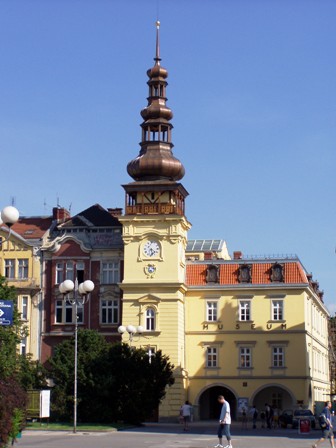 |
Ostrava museum Rich collections in the Old Town Hall building on Masaryk Square. Fossils, art collections, old prints, archaeological finds, interesting semi-precious stones, unique collection of mining lamps, carillon of 22 bells... |
||||
| Ostrava ZOO The second largest zoo in the Czech Republic. 92 hectares of spacious and beautiful enclosures for animals (new pavilions, walk-through expositions, guided feeding), botanical park with 6 km of educational trails (wetlands, rhododendrons, azaleas). |
 |
Silesium Ostrava castle A sought-after excursion site near the center of Ostrava and Černá louka, at the confluence of Ostravice and Lučina. Venue of many cultural and social events. |
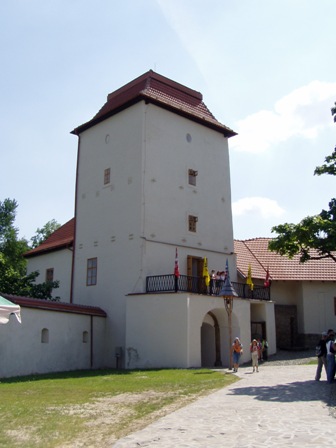 |
||||
 |
The big world of technology The popular educational center, whose creator is the well-known architect Josef Pleskot. Interesting science and technologies are presented here in a playful and funny way. More information here |
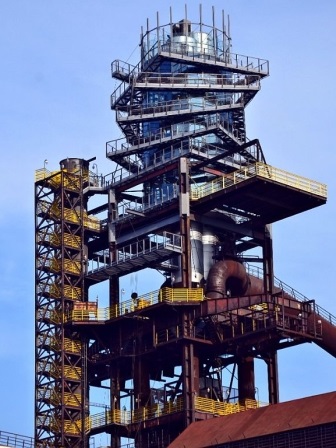 |
Bolt Tower An 80-meter high tower above the blast furnaces with a cafe and a viewing terrace. Part of the exhibition route following the traces of the pig iron production, of which up to 1,200 tons were produced daily in the bowels of blast furnace No. 1. More info |
||||
| Landek Reconstruction of the settlement of mammoth hunters, the history of the settlement of Landek, the Landek Venus - the world-famous unique torso of a woman carved out of krevel - the only slender Venus in Europe. |
 |
Mining museum OKD Demonstration of the development of coal mining from 1782 to the present in the location of the former Dol Anselm in Ostrava. The mining exhibition is made accessible by going through the pit, some machines and equipment are demonstrated in operation. |
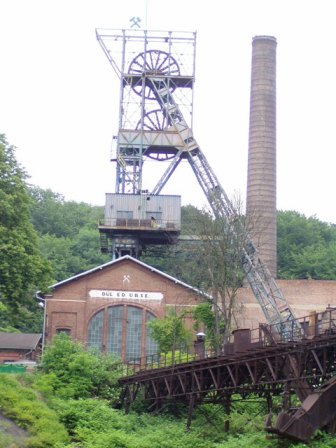 |
||||
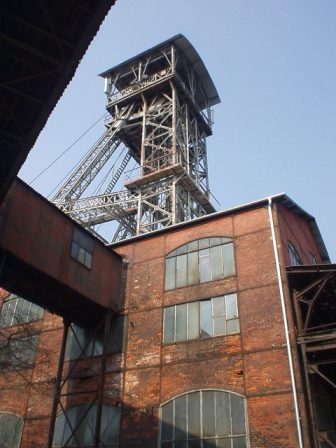 |
Michal Colliery The former mine in Michálkovice is today a national cultural monument and an industrial museum with an exhibition of the so-called last working day. |
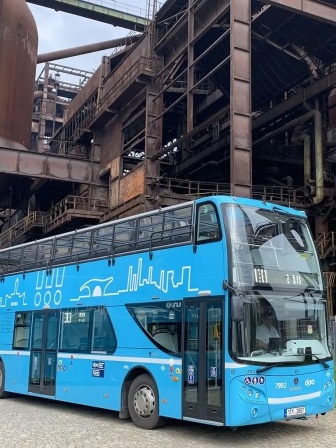 |
Doubledecker The double-decker sightseeing bus roams Ostrava and connects the Lower Vítkovice area with the Ostrava Zoo. Newly, on weekends, it also runs between urban districts Poruba and Hrabůvka. |
||||
| Stodolni street It was said that Stodolni never sleeps. Today, this is no longer the case, but it is still a phenomenon of Ostrava social life. There are more than 70 bars, restaurants and pubs in and around the street, with an abundance of events and music styles. |
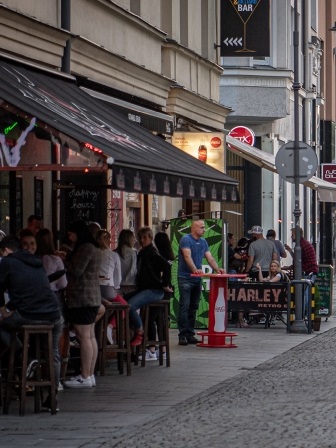 |
Small Copenhagen Newly emerging weekend pedestrian zone and promenade on the repaired Ostravice embankment in the center of Ostrava. Markets, concerts, stand-ups, cinemas, swing dance halls and other interesting events take place near the music clubs. More info |
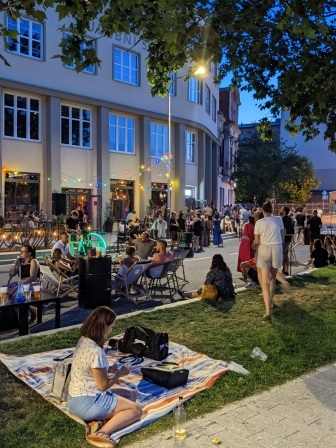 |
||||
| More information: |
| Ostrava City Information Centre |
 |